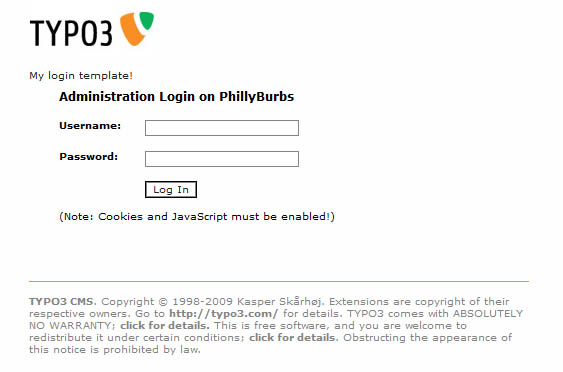MySQL may use temporary tables during query execution. Ideally you would want to avoid this, since its an expensive and slow operation. It can be avoided by optimizing queries. Sometimes it can’t be completely avoided – in that case you want to make sure the temporary table is created as a “memory” storage engine table, since its very fast, as it is never written to disk and remains, as the name states, in memory. But, as the manual explains, there are some conditions, such as TEXT/BLOB columns, or a combination of GROUP BY/ORDER BY clauses that makes MySQL write the temporary table to disk as a MyISAM table. One can spot these queries by the EXPLAIN output:
[...] Using where; Using temporary; Using filesort
In that case performance depends on disk I/O speed. If there are multiple similar queries running simultaneously, they try to read/write a lot of information to the disk, and will become extremely slow.
Solution? TMPFS!
tmpfs is a filesystem, that resides in RAM/Swap, so if your server has enough available RAM, files written there will bypass disk I/O completely, and will perform significantly faster.
Now, “High Performance MySQL, Second Edition” claims that this solution is still not as good as a MEMORY table, since it requires MySQL to use some expensive OS calls to write & read the temporary table, but it is still faster than the disk based temporary table.
To set it up, just mount a tmpfs system on an empty directory (you should also add this to fstab):
mount tmpfs /tmpfs -t tmpfs
and edit my.cnf to make MySQL use that directory as a temporary directory:
tmpdir = /tmpfs
Be careful though, there is a bug in some versions that prevents this from working properly.
For more information, see this blog.
